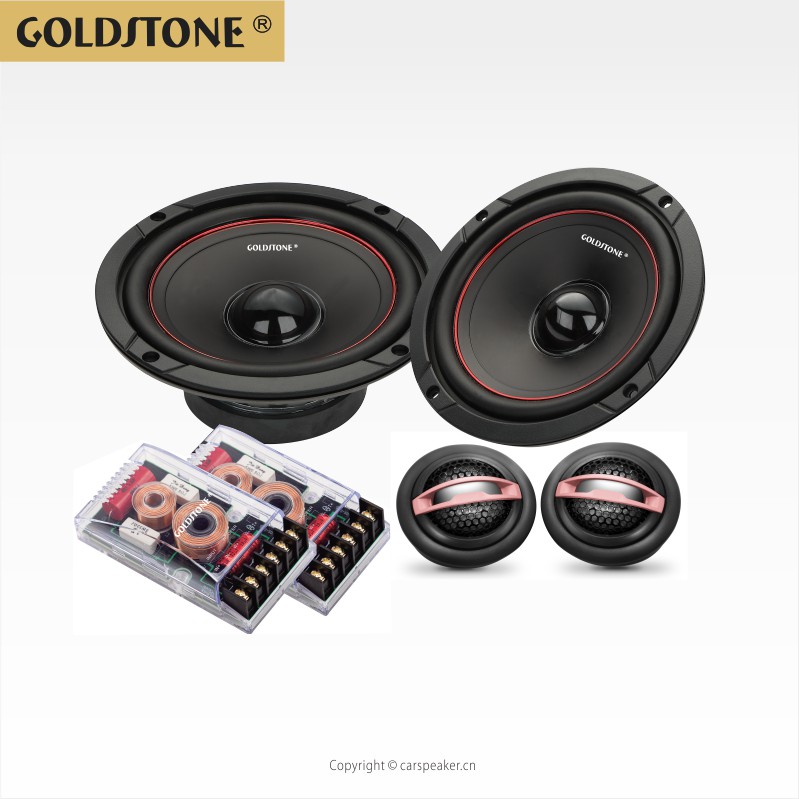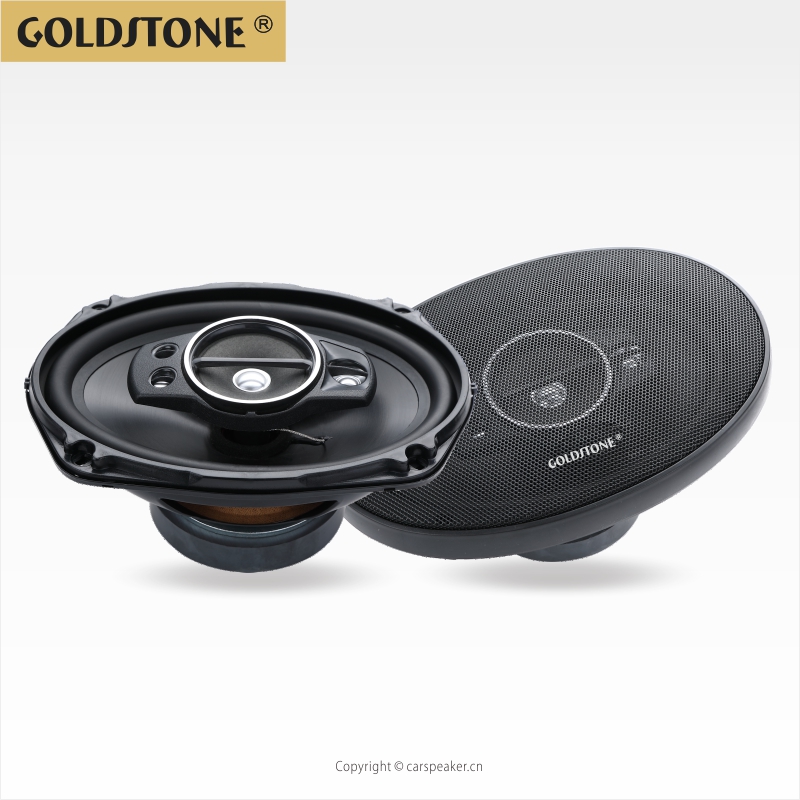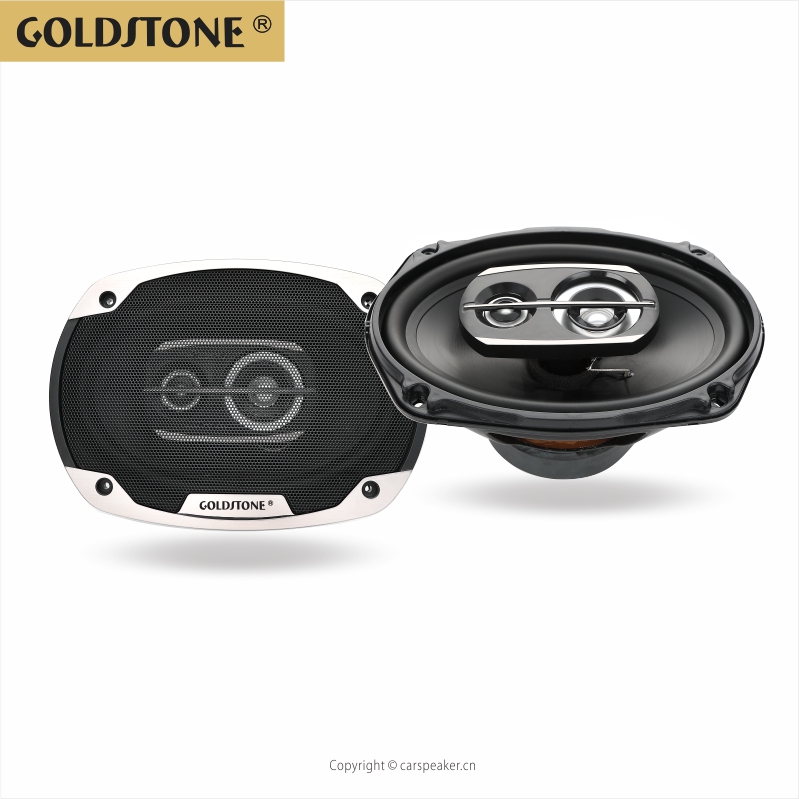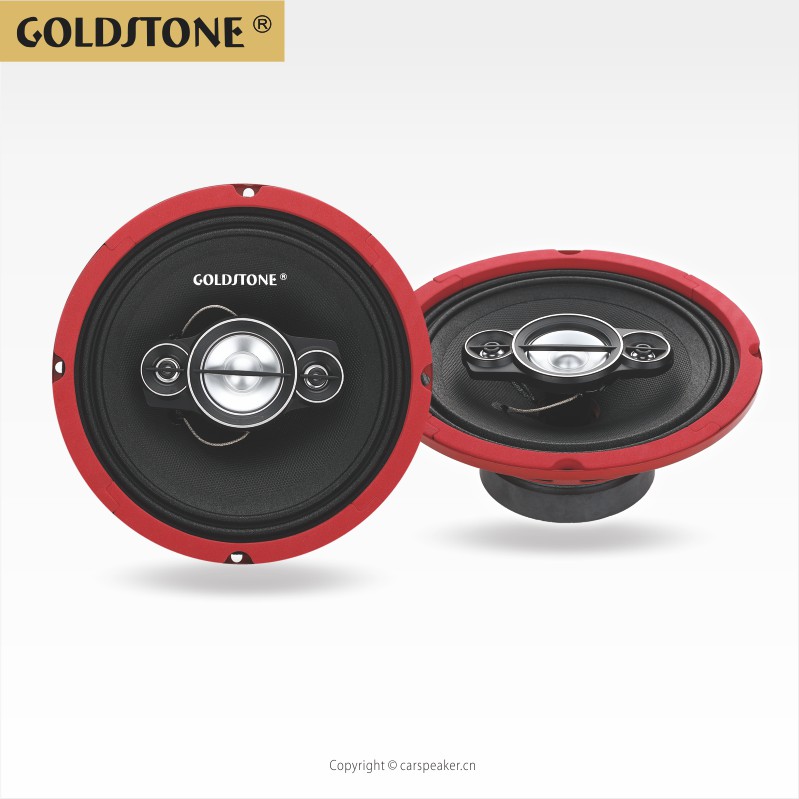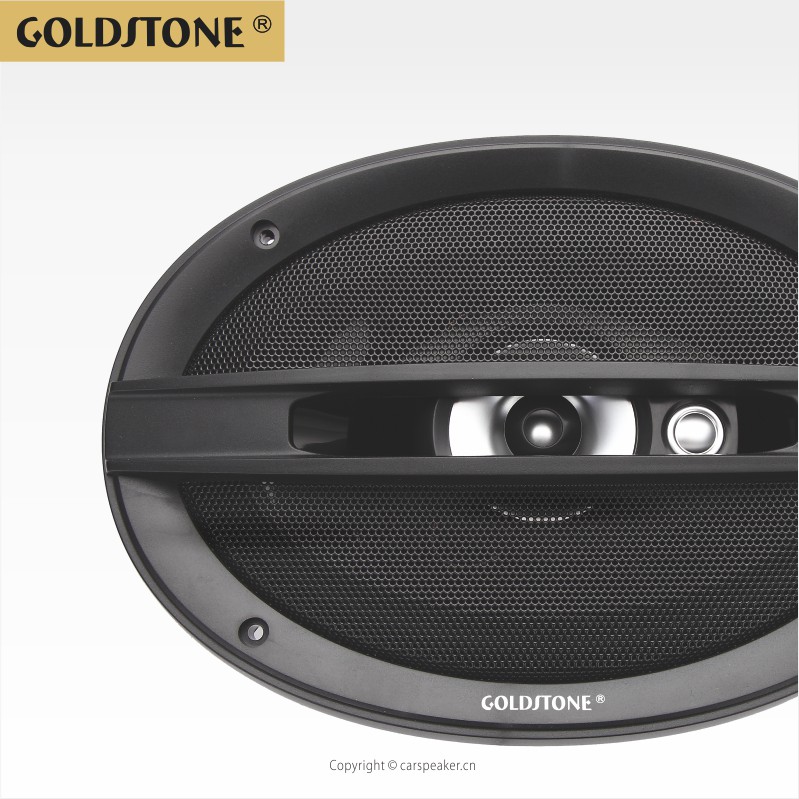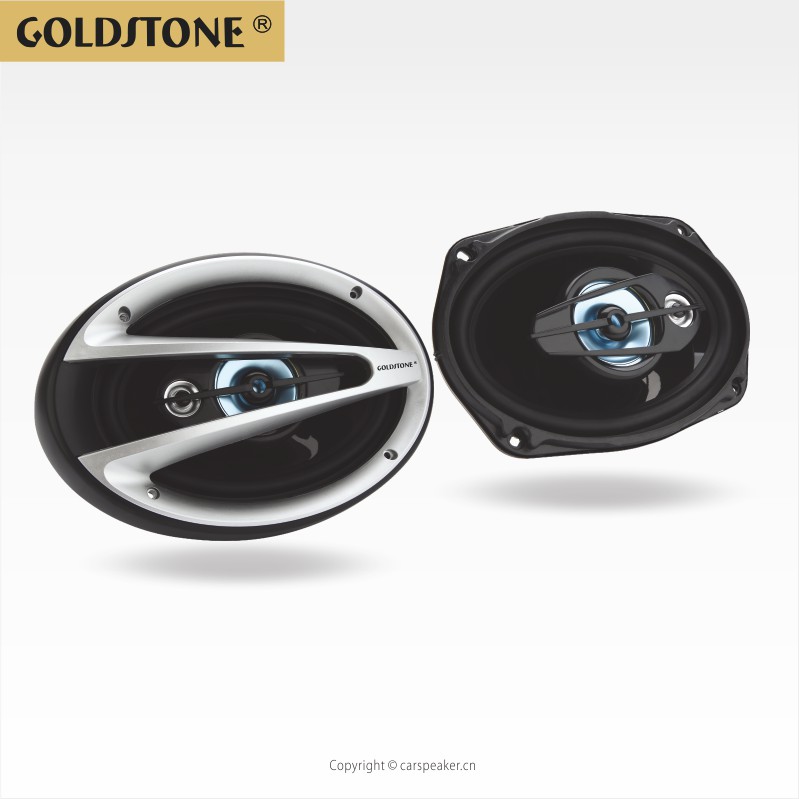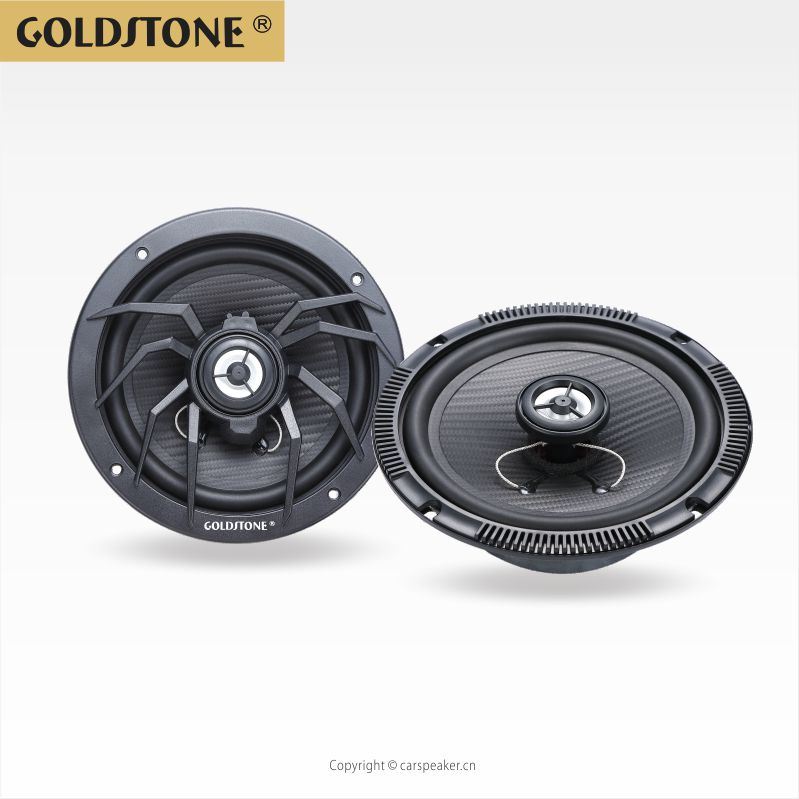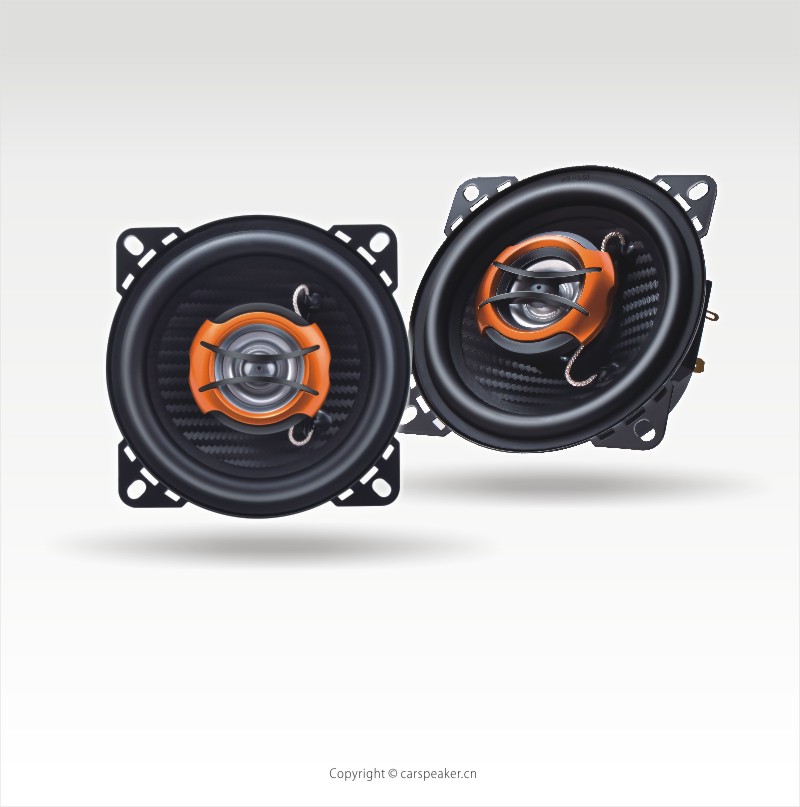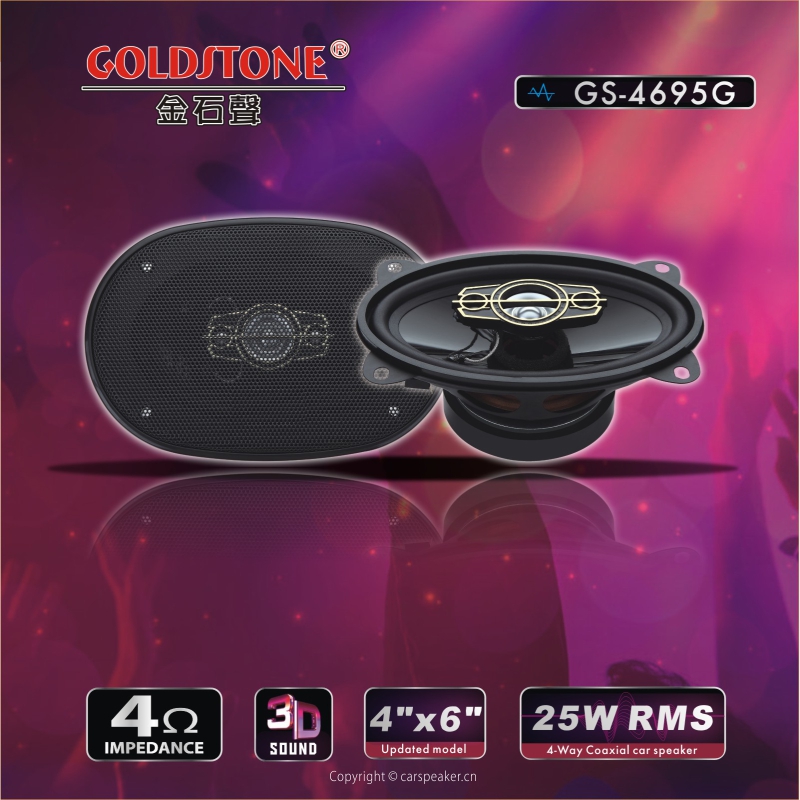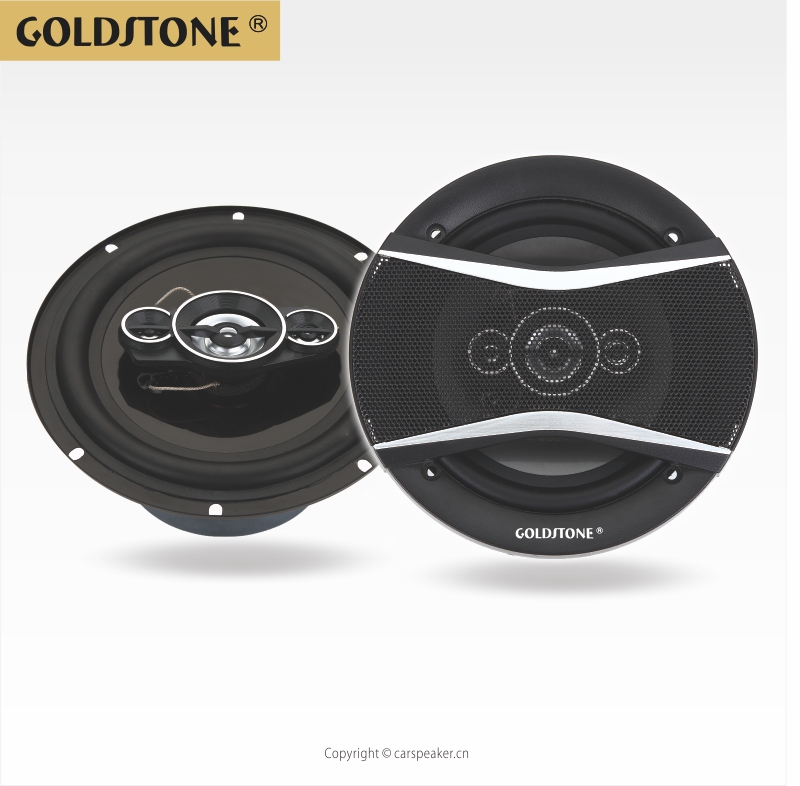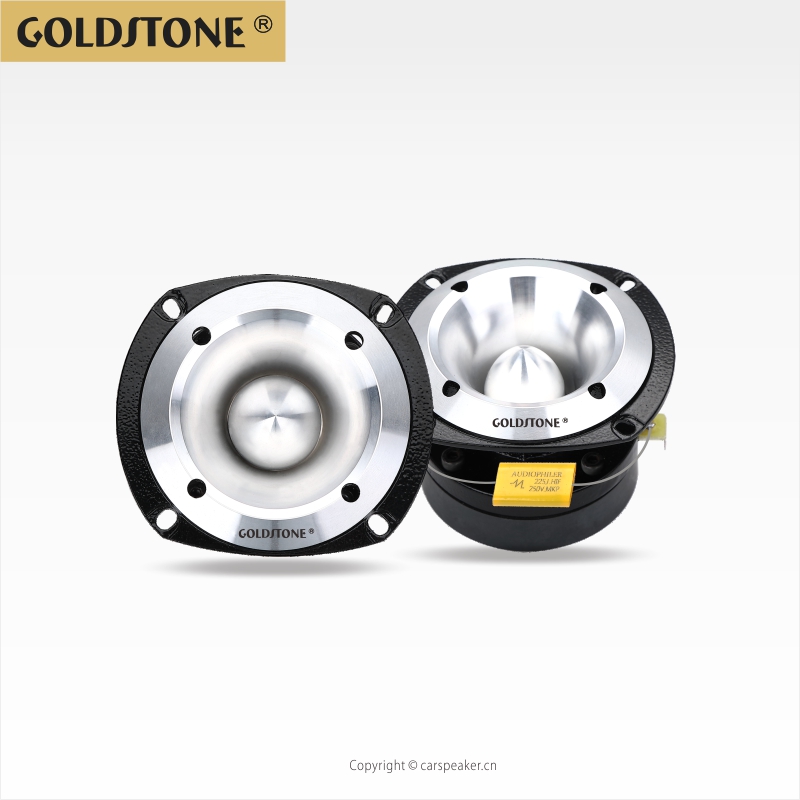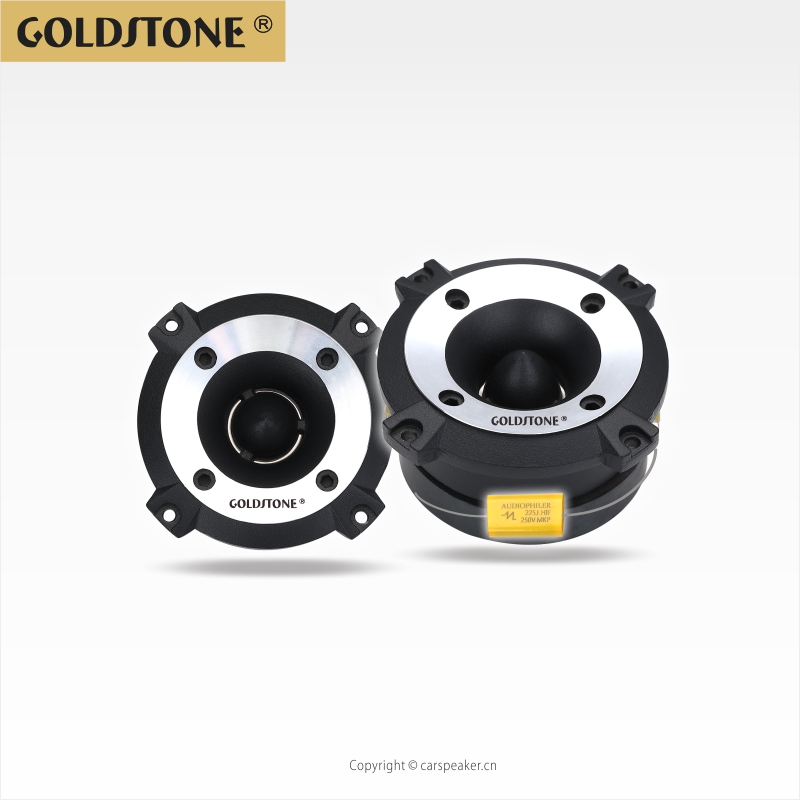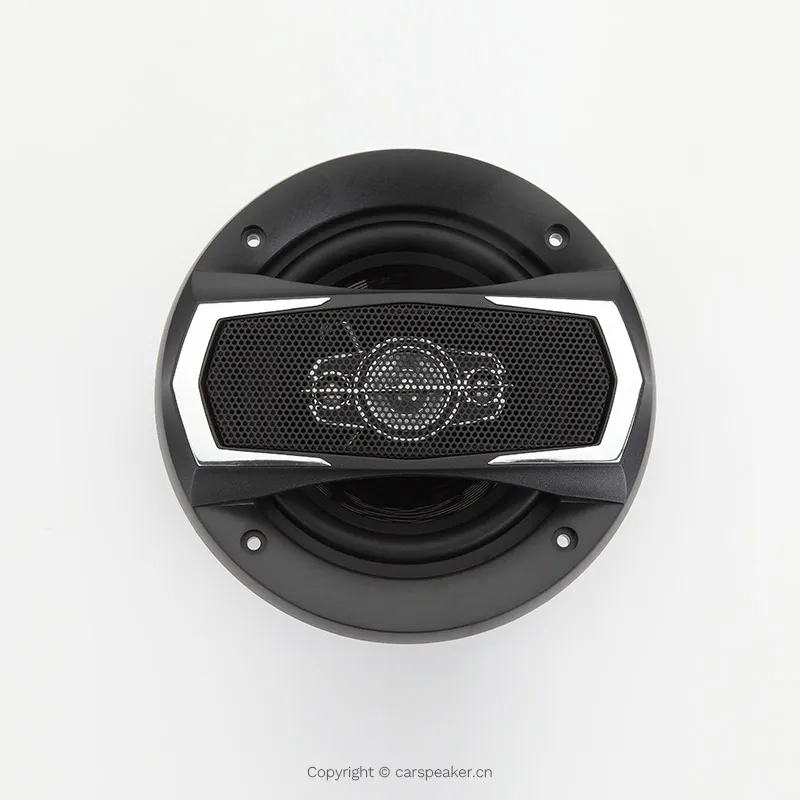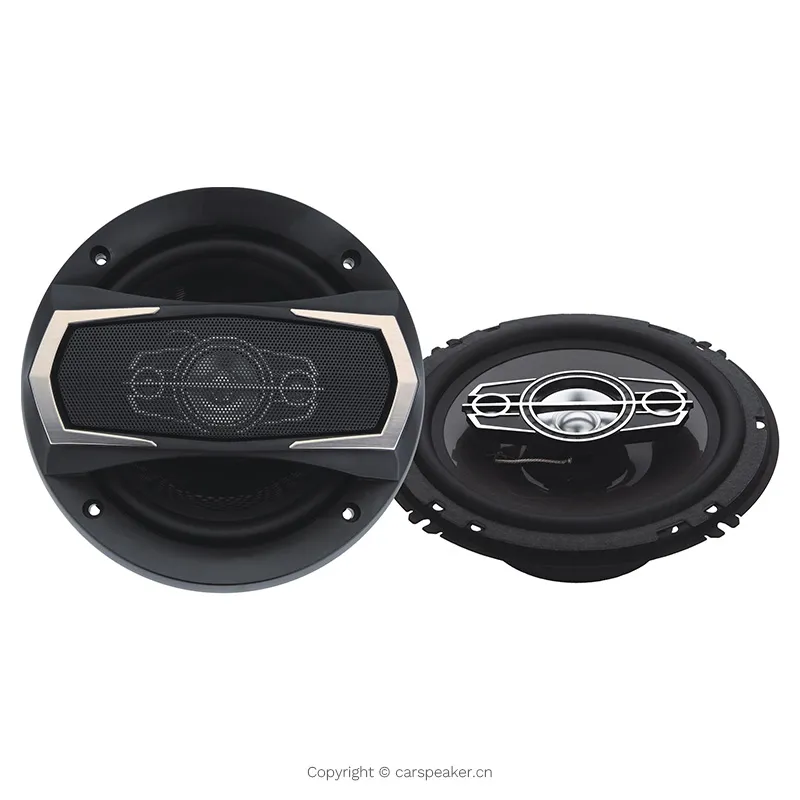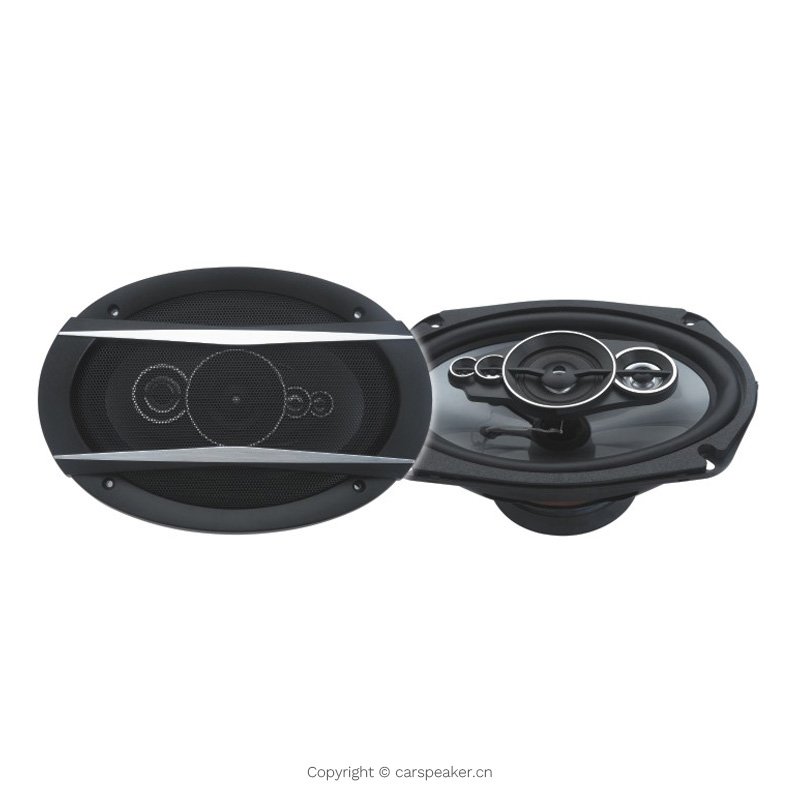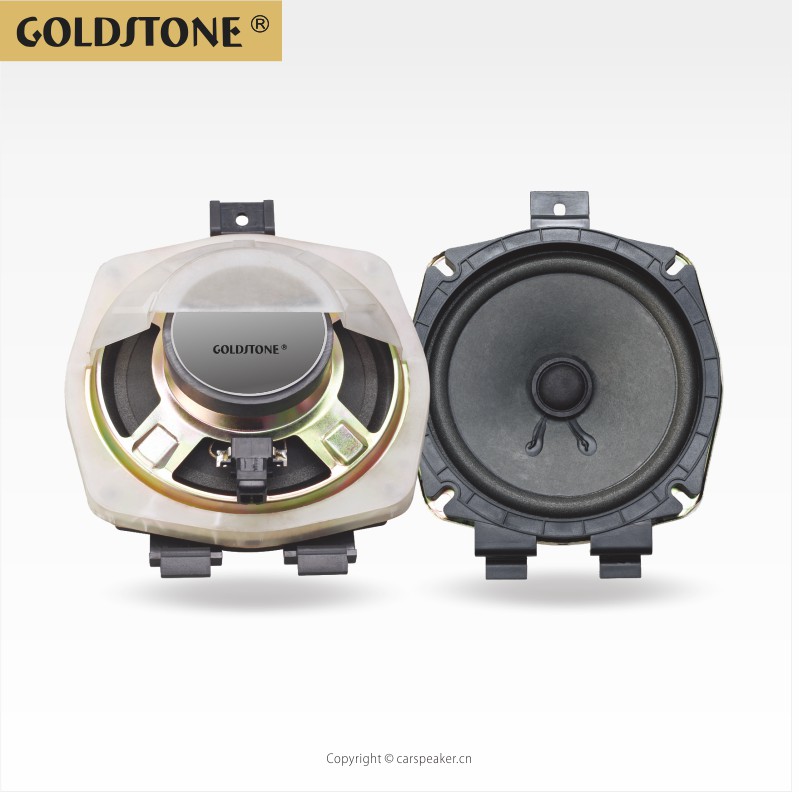Premium Car Subwoofer Speakers Wholesale – Trusted Global Supplier
Source factory-direct premium car subwoofer speakers at unbeatable wholesale prices! Customizable designs, 50+ styles, and bulk discounts. Trusted global supplier for retailers & OEMs. Elevate your inventory with high-performance audio solutions.
Top categories
Since 1999
Your Car Speakers
Manufacturer
Goldstone is a professional manufacturer of Car Audio System products integrating with design, produce and sales.
With more than 24 years’ extensive experience in this field, we have successfully developed a series of product lines covering car stereo speaker, subwoofer, tweeter, component kit speaker.
Goldstone have distributed our products to more than 40 overseas countries and have won the reputations from our customers.
Annual production capacity of 200,000 sets of speaker products. Cooperate with many well-known material suppliers to ensure fast delivery.k
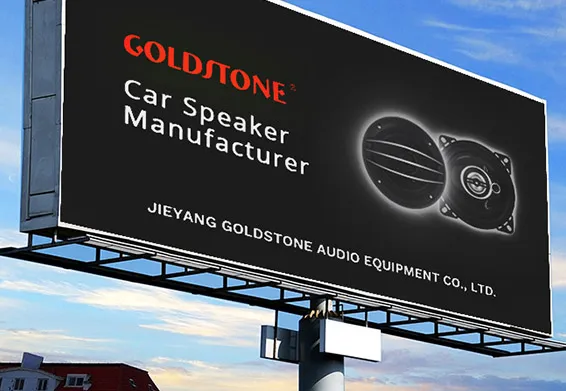
A Comprehensive Overview of Wholesale Car Subwoofers
Understanding Wholesale Car Subwoofers
A car subwoofer is a specialized loudspeaker engineered to deliver low-frequency audio signals, primarily bass. It forms an essential component of any car audio system, typically producing sound frequencies between 20 Hz and 200 Hz. This capability allows listeners to enjoy a richer and more resonant sound experience, particularly in genres such as hip-hop, rock, and electronic music. There’s a diverse range of wholesale car subwoofers available, each boasting distinct features. Let’s delve into some of the most notable types.
Varieties of Wholesale Car Subwoofers
- Custom Car Subwoofers
These subwoofers come in various designs. For example, a sealed box subwoofer is enclosed in a sealed housing, enabling it to produce deep and precise bass. In contrast, a ported box subwoofer incorporates a woofer and an air vent, allowing for airflow that results in louder, more boisterous bass. Additionally, subwoofers featuring a bandpass design combine elements of both sealed and ported enclosures, ultimately offering a more efficient sound within a narrower frequency range.
- Subwoofer Sizes
Subwoofers are categorized by size, ranging from 8 inches to 18 inches. Smaller models, like the 8-inch subwoofer, are ideal for compact vehicles, providing accurate bass reproduction suitable for classical music. Larger subwoofers, such as the 15-inch and 18-inch options, excel in high SPL (sound pressure level) applications, delivering powerful and profound bass.
- Power Ratings
Subwoofers are also distinguished by their power requirements, which include active and passive varieties. Active subwoofers come with a built-in amplifier, specifically matched to the subwoofer for optimal sound output without distortion. Conversely, passive subwoofers require an external amplifier from the car audio system for operation.
- Types of Driver Mechanisms
The classification of subwoofers extends to the type of drivers they use, which can be cone or diaphragm drivers. Cone drivers, the most prevalent in subwoofers, utilize a voice coil, cone, and surround to generate sound. Diaphragm drivers, typically reserved for professional audio applications, employ a diaphragm in conjunction with a voice coil.
Specification & Maintenance of Wholesale Car Subwoofers
- Subwoofer Size:
The size of the subwoofer directly influences the quality of bass produced. An 8-inch subwoofer is perfect for smaller cars, occupying minimal space while still delivering satisfactory bass. The 10-inch model strikes a balance between size, bass depth, and volume. The 12-inch subwoofers generate deep bass that can be felt physically, while the 15-inch variants produce extremely low frequencies that can resonate throughout the vehicle, albeit requiring more power and space.
- Power Handling:
Subwoofers boasting higher RMS power ratings can play louder and handle more bass without distortion. It’s advisable to seek a subwoofer with RMS ratings that correspond to the amplifier’s output to prevent potential damage.
- Voice Coils:
Single voice coils are straightforward and effective, while dual voice coils offer enhanced wiring flexibility and increased power handling.
- Frequency Response:
A broader frequency response range allows the subwoofer to reproduce a wider variety of bass sounds. Thus, selecting a subwoofer that aligns with one’s preferred bass sounds is essential.
- Enclosure Types:
Ported enclosures amplify bass output, whereas sealed enclosures provide a more balanced sound. It’s crucial to select an enclosure that matches the subwoofer size for optimal performance.
- Materials:
Durable cones and surrounds contribute to longevity. The frame and spider should also consist of robust materials to withstand the subwoofer’s movement.
Routine maintenance is vital for keeping subwoofers in prime condition. Here are some general tips:
- Regularly clean the subwoofer to eliminate dust and debris, preventing unnecessary strain on components.
- Ensure the amplifier’s power output aligns with the subwoofer’s ratings to avoid damage.
- Inspect wiring and connections for any looseness or damage, replacing faulty parts as needed.
- Refrain from playing music at excessively loud volumes for extended periods to prevent overheating.
- Maintain clear airflow around the subwoofer to facilitate cooling.
Selecting the Right Wholesale Car Subwoofers
Before purchasing car subwoofers, retailers must ascertain their target audience. Are they catering to older adults who appreciate classical music or teenagers who prefer rap? Identifying the target demographic aids in selecting subwoofer models that will meet customer expectations.
Understanding the music preferences of the end user is critical, as different subwoofers excel in various sound ranges. For instance, a 10-inch subwoofer is perfect for delivering punchy bass, ideal for hip-hop enthusiasts, while a 12-inch subwoofer provides the deep bass favored in EDM.
Buyers should also consider the type of vehicle for subwoofer installation. Larger subwoofers occupy more space and demand higher power output, which may not be feasible in all cars.
Enclosure design varies among subwoofers; some feature sealed enclosures while others are ported. Retailers should stock a variety of enclosure types to cater to diverse customer preferences.
Another key factor is the subwoofer’s sensitivity rating. Models with higher sensitivity produce louder sounds with less power, making them suitable for lower-powered car audio systems.
Finally, selecting a reputable manufacturer known for quality is essential. Reviews and ratings can provide insight into product reliability.
DIY Subwoofer Replacement Guide
Replacing a car subwoofer is a relatively simple task that can be accomplished at home. Here’s a step-by-step guide:
Remove the Grill and Subwoofer: Carefully take off the grill covering the subwoofer to access the speaker. Remove the screws securing the subwoofer, which may vary depending on the enclosure. Once unscrewed, gently lift the subwoofer out.
Disconnect Wiring: Take note of the wiring configuration, including positive and negative terminals, before disconnecting. If applicable, remove the phasing control by loosening the screws and sliding it out.
Prepare the Enclosure: Clean the enclosure to remove dust and check for any damage. Ensure the area where the subwoofer mounts is clear and unobstructed.
Install the New Subwoofer: Align the new subwoofer with the mounting holes and connect the wiring according to the previous configuration. If there was a phasing control, reinstall it.
Secure and Test: Reattach the grill, tightening all screws to prevent rattling. Conduct a test to confirm that the subwoofer is functioning correctly.
F&Q
Q1: What distinguishes a subwoofer from a regular speaker?
A1: Subwoofers are specifically designed to reproduce low-frequency sounds like bass, while regular speakers cover a broader frequency range, including vocals and mid-tones.
Q2: Can a subwoofer be added to a car with a factory radio?
A2: Yes, a subwoofer can be connected to a factory radio using an impedance matching signal processor or a line-out converter.
Q3: What is the optimal subwoofer size for a compact car?
A3: For small cars, 8 to 10-inch subwoofers are usually ideal, providing satisfactory bass without taking up excessive space.
Q4: Do subwoofers significantly impact fuel consumption?
A4: While subwoofers don’t directly affect fuel consumption, the additional energy they draw from the electrical system may have a minor impact on overall efficiency.
Q5: Is it possible to install a subwoofer independently?
A5: Absolutely! Many aftermarket kits include detailed instructions, and numerous online tutorials are available for guidance.

